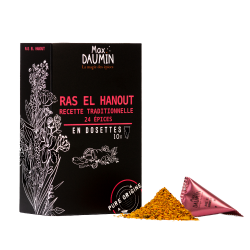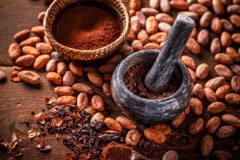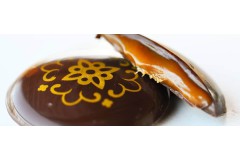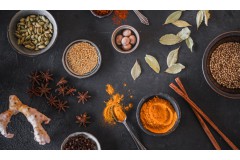Ras el Hanout is one of the most complex spice blends you can find. Traditional Ras el Hanout recipes vary from 24 to 27 spices, and some contain as many as 40!
Ras el Hanout literally means “head of the grocery store”, i.e. the best in the store. This blend of spices is still very popular in North African countries, particularly Morocco. It's sometimes referred to as the “Maghreb Curry”, but it's still very different from a curry, with its floral and citrus notes brought out by all the spices not present in a curry.
Historically, Ras el Hanout contains two special ingredients: Belladonna and Cantharide fly. Belladonna is a plant that proves toxic in certain doses, and the Cantharid fly secretes Cantharidin, which is both a poison in high doses and an aphrodisiac. Félix Faure is said to have abused it. This is said to have led to his popular death.
(We preferred not to include these two ingredients in our composition).
In the kitchen:
It goes without saying that Ras el Hanout can be used in couscous and tagines. But its aromatic complexity and fragrant flavors will also enhance your vegetables, sauce dishes and vegetables such as eggplant, carrots, zucchini and turnips.
It is also used in desserts such as Feqqas from Morocco. Surprisingly good, it can also be added to your coffee. It will give it its full aroma.
Think of Ras el Hanout as a mild curry with more pronounced floral flavours, so you can use it everywhere!
Origins :
The origins of Ras el Hanout blend are unknown, but its use can be traced back to the Middle Ages, mainly in Morocco. It was a reflection of the fine Moroccan gastronomy found in royal cities.
Our Ras el Hanout comes from more than 15 producers who have supplied us with all the spices that make it up. It's a journey around the world of spices!
Max Daumin
Max Daumin spices
Gold 2017-2018 Silver 2020 - 2021 Bronze 2019 | Trophée national de l'épicerie fine
Artisan Producer of the Collège Culinaire de France 2021
What is Ras el Hanout? History, origin and cuisine
Posted by
Max Daumin
11/28/2021
Articles by Max Daumin






